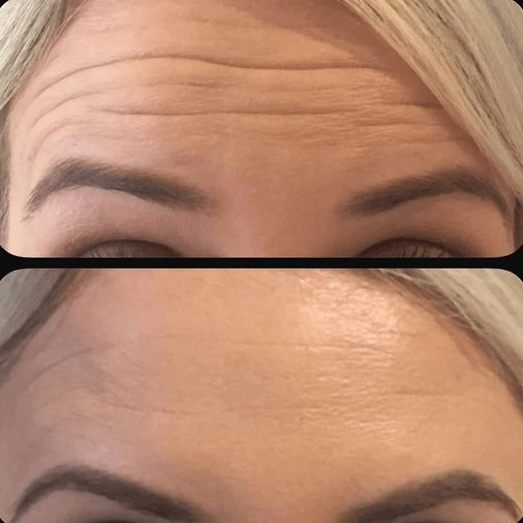
Botox
Dr. Boneva Dental Clinic works only with the best products and offers the best prices for botox placement in Varna.
The botulinum toxin is injected superficially into the desired area of the face, thereby causing paralysis of certain facial muscles and removing the wrinkles created there, as well as preventing the formation of new ones. It is synthesized by the bacterium Clostridium botulinum, which occurs naturally in nature.
Botox can be used in the presence of mimic wrinkles (on the forehead, between the eyebrows, around the eyes, in the area of the upper lip, the chin and around the nose), wrinkles in the neck and d̩colletage, browlifting Рraising the eyebrows by increasing the distance between eyelid and eyebrow.
Botox placement manipulation takes 15-20 minutes. I anesthetize the study with an anesthetic cream to avoid any discomfort for the patient. The site is disinfected and small amounts of botulinum toxin are injected into the designated areas using a very fine needle. During the manipulation, a slight pricking is felt – since the needle is very small and thin, the discomfort caused is minimal. There is no recovery period and it is possible to return to your normal daily life immediately after the procedure.
Is botox dangerous to health?
No. With proper use by a medical professional, the risks are minimized. Trust only medical personnel – we do not recommend the procedure to be performed by random persons in any case. Botox injections should only be performed by doctors.
Botox has been at the forefront for years as the most common non-surgical aesthetic procedure. There is no specific age at which you should start applying botox, but in recent years aesthetic medicine has worked a lot against the so-called “aging” by creating a whole new trend in “pre-aging” medicine, aimed mostly at young people in order to prevent aging not only of the skin, but also of the body as a whole. In this line of thinking, Botox remains one of the most effective wrinkle prevention procedures, especially in young patients with heightened facial expressions.





